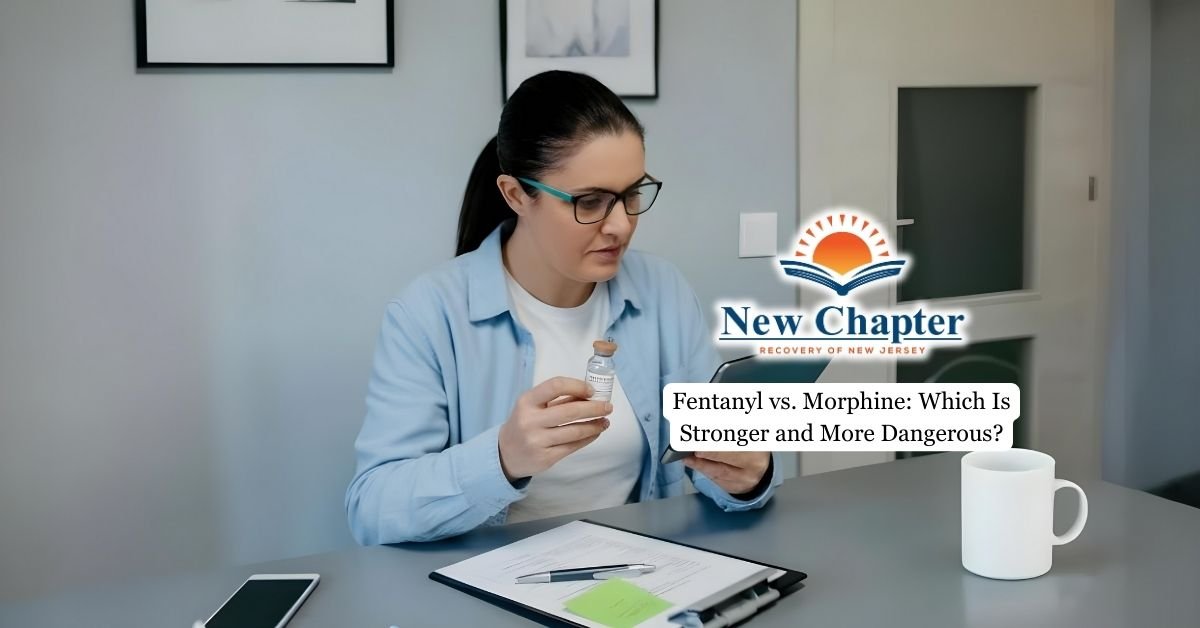Ritalin and Adderall are two of the most commonly prescribed stimulant medications used to treat attention deficit hyperactivity disorder (ADHD) and narcolepsy. While both drugs have similar uses, their chemical composition, duration of action, and side effect profiles differ, making it essential to understand their differences before choosing a treatment option.
In this article, we’ll look into the key distinctions between Ritalin and Adderall to help clarify their effects, benefits, and risks.

Ritalin vs. Adderall: Composition and How They Work
Ritalin (methylphenidate hydrochloride) and Adderall (a combination of amphetamine and dextroamphetamine) are both classified as stimulant medications. They work in similar ways by increasing dopamine and norepinephrine levels in the central nervous system. However,
Ritalin works more quickly and has a shorter half-life, making it a shorter-acting medication compared to Adderall. On the other hand, Adderall reaches peak performance over a longer period, making it an option for those who require extended symptom control.
Adderall is a combination of two stimulants, which may lead to stronger effects on the brain’s reward system. This can increase the potential for misuse and addiction, particularly in individuals who take it without a prescription.
Ritalin is often prescribed to children with ADHD, while Adderall is commonly prescribed for both children and adults with ADHD and narcolepsy.
Dosage and Effectiveness
The dosage and effectiveness of Adderall and Ritalin vary depending on individual needs and responses to the medication.
Ritalin is available in immediate-release (IR) and extended-release (XR) forms, with IR versions typically requiring multiple doses throughout the day. Adderall also comes in both IR and extended-release (Adderall XR) versions, with Adderall XR providing longer-lasting effects.
The right dosage depends on factors such as age, weight, severity of ADHD symptoms, and individual response to stimulant medication. Ritalin generally works faster but wears off sooner, requiring more frequent dosing.
Adderall’s effects last longer, reducing the need for multiple doses but also increasing the risk of potential side effects like dangerously high blood pressure and heart complications.
Dangers of Stimulants: Misuse and Addiction Risk
Because these medications affect the brain’s reward system, they have the potential for abuse, especially among students and professionals seeking cognitive enhancement.
Individuals who misuse Adderall may take higher-than-prescribed doses, increasing the risk of severe side effects such as dangerously high blood pressure, heart complications, or even stroke.
Both drugs are classified as Schedule II controlled substances, meaning they have a high potential for abuse and addiction. People who don’t have ADHD but take stimulant medications may experience euphoria, heightened focus, and energy, leading to substance use disorders.
On top of that, long-term stimulant use can cause a range of mental health complications, including anxiety, paranoia, and increased heart rate.
Similarities and Differences: Side Effects and Risks
Common side effects of both medications include insomnia, dry mouth, increased heart rate, nervousness, appetite loss, and even hair loss in some cases.
Adderall is more likely to cause stronger side effects, such as elevated blood pressure, heart pumping faster, and a higher risk of experiencing mood swings.
Experiencing a “crash” as stimulant medications wear off is a common challenge, especially for those prescribed Adderall. This sudden drop in energy and focus can be disruptive, and many people seek out practical approaches to ease these effects. Understanding ways to prevent an Adderall crash can be helpful for managing daily routines and supporting overall well-being.
Ritalin, being shorter-acting, can lead to more noticeable crashes as its effects wear off quickly, requiring more frequent dosing throughout the day. In contrast, Adderall XR provides longer-lasting symptom relief but also carries a higher risk of dependency.
Another key difference is how these medications affect individuals with ADHD versus those who misuse them. For someone with ADHD, stimulant medications help treat attention deficit hyperactivity disorder by improving focus, organization, and impulse control. However, for people who take these drugs without ADHD, they may experience euphoria or overstimulation, increasing the potential for abuse and addiction.

Ritalin or Adderall: Which Is the Better Choice?
Both medications are effective in treating ADHD and narcolepsy, but some patients respond better to one over the other. Factors such as how quickly symptom relief is needed, sensitivity to side effects, and the potential for misuse should all be considered when choosing between these stimulant medications.
Individuals who experience strong side effects from amphetamines may prefer Ritalin, as it tends to have a milder effect on the central nervous system. Others who need extended symptom control may find Adderall XR more beneficial. Consulting a healthcare professional is crucial to determine the right medication and dosage based on a patient’s unique needs and medical history.
Final Thoughts from New Chapter Recovery
Ritalin and Adderall are effective ADHD treatments, but their potential for misuse can lead to dependency and addiction. At New Chapter Recovery, we offer comprehensive treatment for stimulant addiction, addressing both the physical and psychological aspects of dependency. Our personalized recovery plans and professional support can make all the difference in helping individuals achieve lasting well-being.






